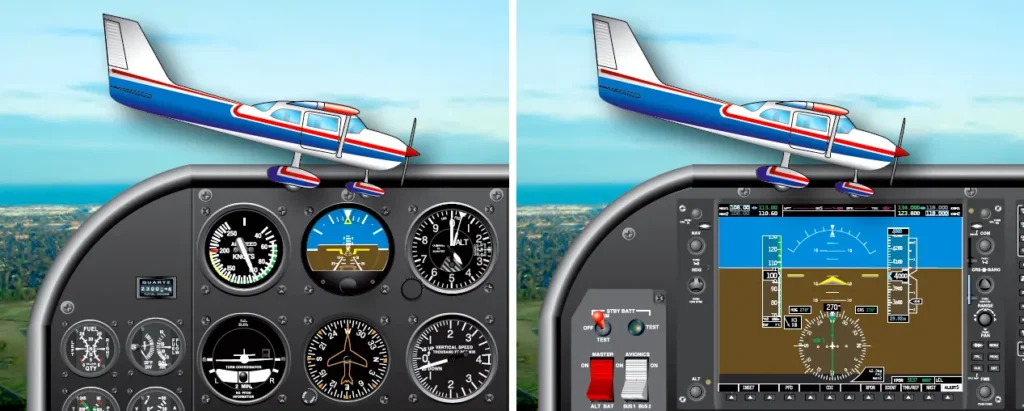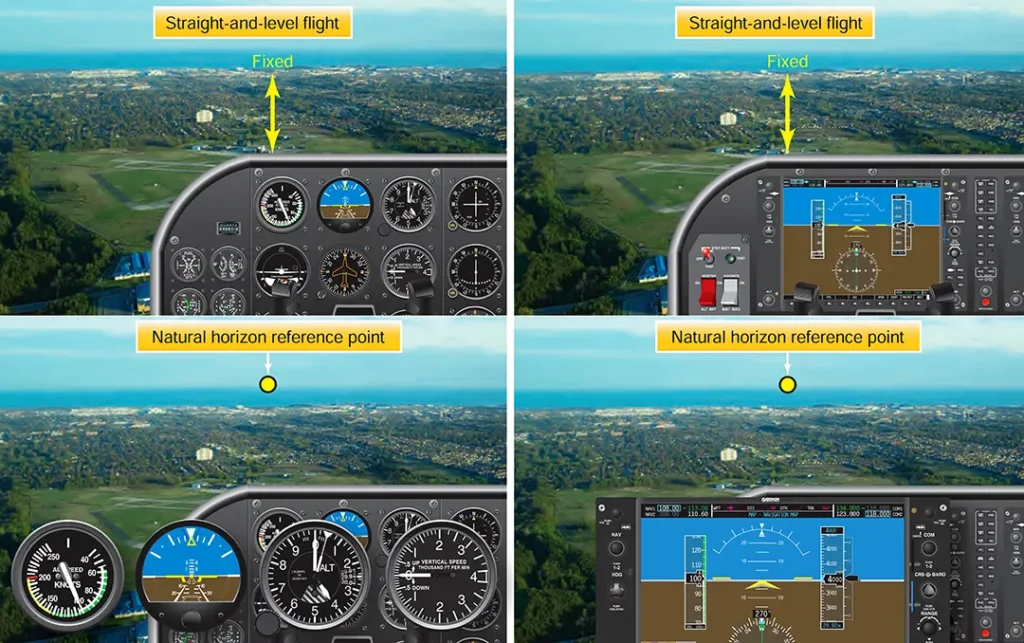Slow Flight | Upset Prevention and Recovery
Airplane Flying, Flying TrainingFlying at reduced airspeeds is normal in the takeoff/departure and approach/landing phases of flight. While pilots typically perform these operations at low airspeeds and close to the ground, pilots learn to maneuver an airplane in slow flight at a safe altitude. During slow flight, any further increase in angle of attack, increase in load factor, […]










